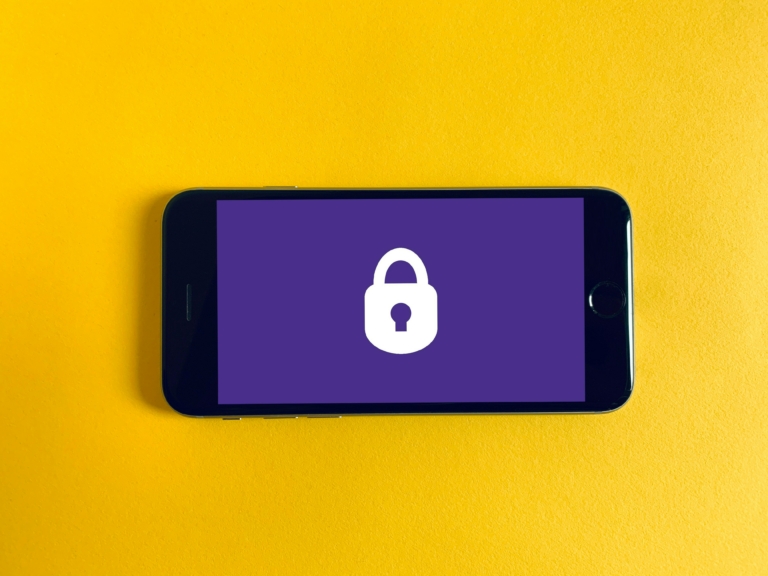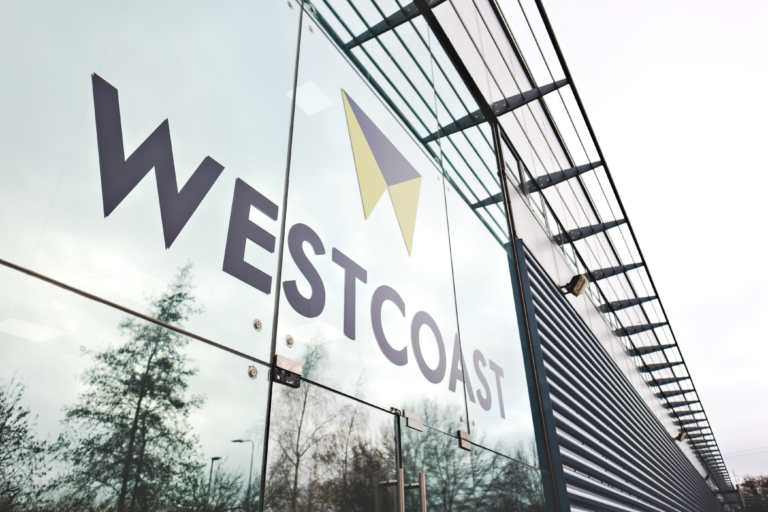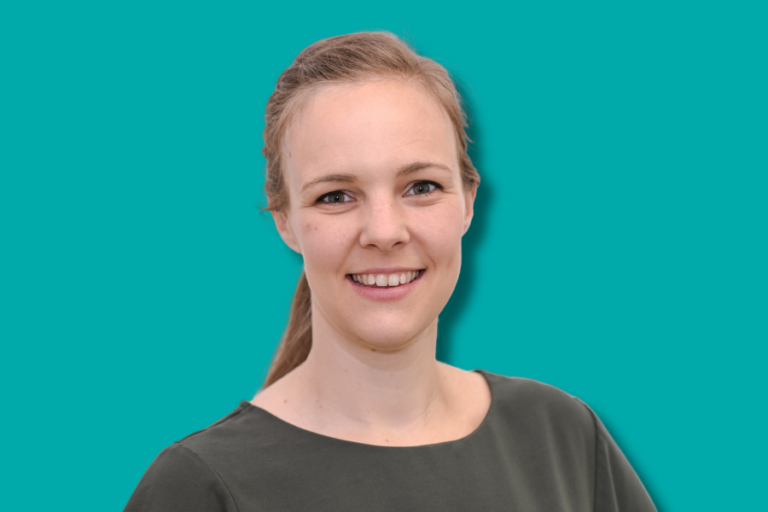EY study: Physical retail still vital path to purchase for digital home consumers

Bricks and mortar retail remains a crucial part of the customer journey for digital home users, according to the Decoding the digital home EY study. Nearly a third (31%) of survey respondents would prefer to visit a retail store when purchasing a smart home device or mobile package. This rises to 34% among those aged 35 and below, while 45-54 year-olds are least likely to make their purchase in store.
The survey of 2,500 UK consumers shows that the traditional call centre dominates customer support channel preferences, despite the heavily marketed advantages of frictionless digital tools such as chatbots. Speaking to an agent is still the preferred contact method for broadband (48%) and mobile customer queries (45%). 44% of consumers favour call centres because they don’t believe they can articulate pain points effectively without speaking to an agent, and 46% believe instant messaging can’t cope with complex queries.
Praveen Shankar (pictured), EY UK & Ireland Head of Technology, Media and Telecommunications: "Digital products and services are becoming more sophisticated by the day. But it's clear that physical retail and call centres are still preferred entry points for a large segment of digital home users – including younger consumers."
"Services providers must recognise that not only do retail store visits remain a vital part of the customer experience, they create better links between online and retail sales fulfilment. Providers should also mitigate the burden on call centres by improving customer confidence in online contact and exploring how best to combine complimentary customer contact capabilities."
Limited understanding of digital connectivity inside the home
Consumer awareness of the latest products and services is surprisingly low, according to the survey. Less than half (43%) of households understand the features of smart home products, and only 37% grasp the benefits of 5G mobile. A third of households (33%) also find communications services very difficult to understand while 40% struggle to differentiate between the services offered by broadband providers. Notably, users aged 45-54 are least exposed to problems with understanding services (36%) and service provider evaluation (37%), compared with 43% respectively of younger users aged 25-34.
Adrian Baschnonga, EY Global Telecommunications Lead Analyst: "Digital assistants and smart speakers have been available for some years, so it is surprising that overall awareness of smart home products is low. At the same time, households find it difficult to tell broadband packages apart. Taken together, it is clear that service providers must take more steps to make sure their value proposition is clear and unique."
Confusion around content choices
The EY survey also highlighted that the array of devices, services and platforms leaves consumers with confusion around content choices, again, particularly among younger groups. 38% of those aged 18-24 find it difficult to track their favourite content such as films and TV programmes, twice as many as those over 45.
Many consumers are choosing to address the issue themselves. 23% are actively interested in reducing the number of music and video streaming platforms they engage with. However, there are higher expectations on content providers. 36% of UK households believe those providers should improve the relevance of their content recommendations.
User experience frustrations emerge in other parts of the survey, with 39% of all respondents stating that they are not confident setting up a smart appliance, and 26% agree that setting up and managing TV apps is complex. Navigating service provider websites is also a pain point for many users: 20% find their mobile provider’s website or app difficult to navigate while 23% find their broadband provider’s website or app difficult to use. For 18-24 year-olds, this rises to 31% and 30% respectively.
Decoding the digital home is based on an online survey conducted for EY of more than 18,000 households in Canada, France, Germany, Italy, the UK and the USA. The study is produced annually, and this year’s research was conducted in December 2020 and January 2021. The survey is designed to understand changing consumer attitudes toward technology, connectivity and content experienced in the home – and the companies that provide these products and services.











